
With the advent of new technology and home health care services, a growing number of people are choosing to age in place rather than move to assisted living facilities. According to AARP, nearly 90 percent of people over the age of 65 want to stay in their homes as long as possible, and 80 percent believe their current home is where they will always stay. However, many homeowners have yet to set up aging in place home modifications.
Senior-friendly home updates not only increase safety but they also allow more opportunities to age gracefully and independently in the comfort of your own home. Thankfully, renovating and designing your home for aging in place can be an enjoyable process when you hire a qualified contractor and have the right care resources.
We’ve put together 10 aging in place home modifications to help you age comfortably and safely in your own home.
On This Page:
- Install Ramps
- Improve Lighting Systems
- Choose Senior-Friendly Flooring
- Install Smart Home Technology
- Add Handrails to Provide Stability
- Minimize Height Difference
- Install a Stair Lift
- Use a Specialized Smoke Alarm
- Control Indoor Temperatures
- Opt for Levers Instead of Knobs
- Aging in Place Checklist
- Aging in Place Downloadable Checklist
- Aging in Place Infographic
1. Install Ramps
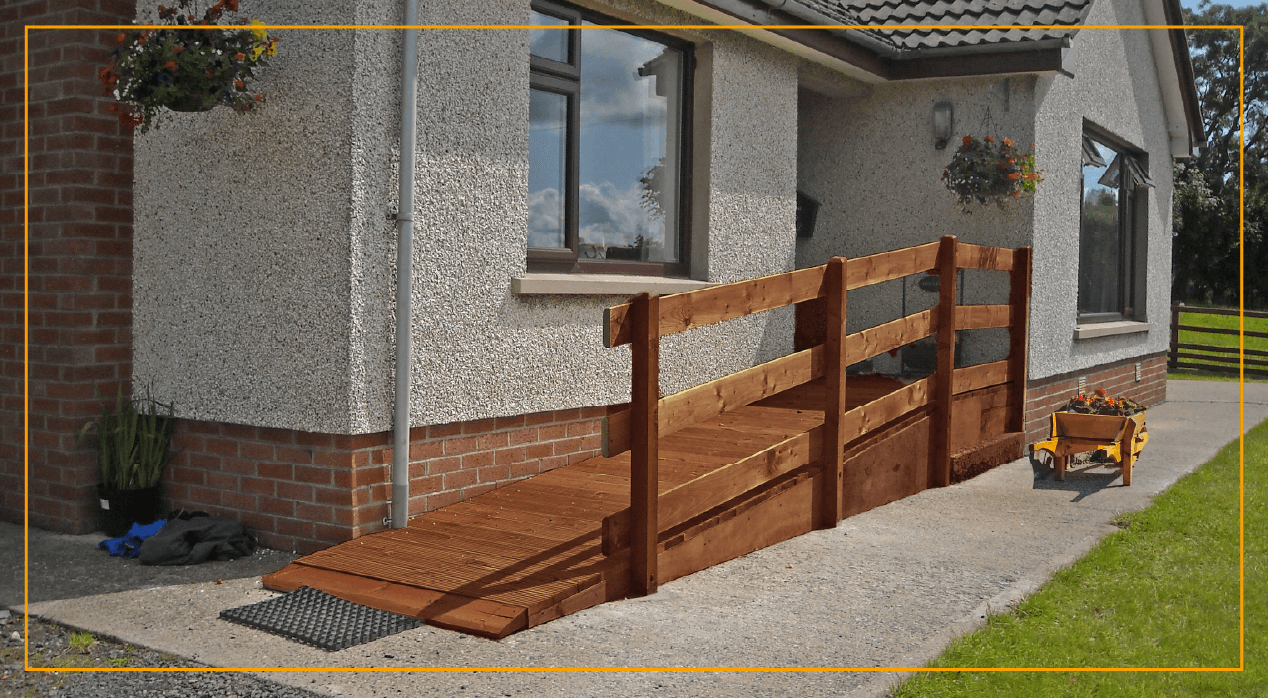
Installing outdoor and indoor ramps is a helpful way to accommodate wheelchairs or walkers and allows greater freedom of movement and independence.
Another benefit of installing ramps is the reduced risk of accidents and injuries during trips in and out of the house. For those aging in place alone, the cost of ramp installation is a good investment for anyone concerned about accidents and injuries. It can also make it easier for family members and caregivers to visit.
- Advantage: Improved mobility and reduced risk of accidents.
2. Improve Lighting Systems
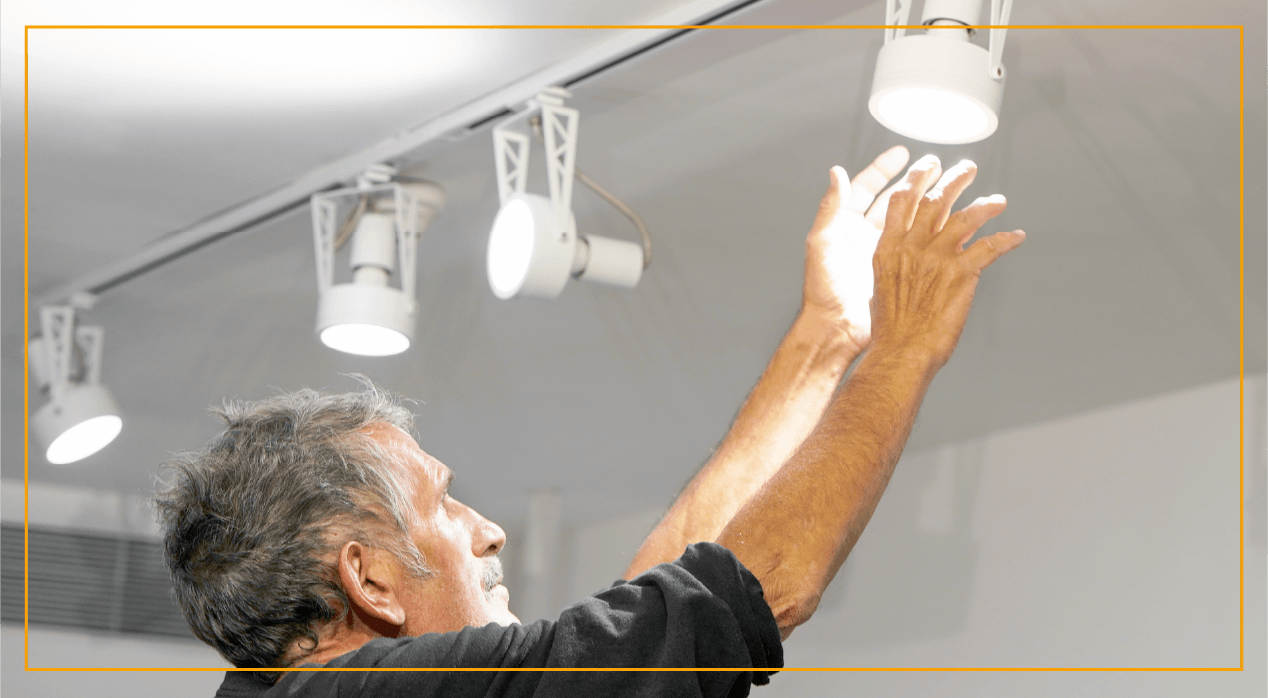
Indoor lighting tends to receive less attention than other home modifications, but it’s just as important. According to NCBI research, as you age, the amount of light needed to maintain a good quality of life increases.
Updating the lighting in key areas of the home is a quick and cost-effective way to avoid falls and ensure safety. For example, installing wireless motion-sensing lights, automatic night lights , or touch lamps can help increase visibility and reduce the risks of accidents.
- Advantage: Increased visibility and better quality of life.
3. Choose Senior-Friendly Flooring
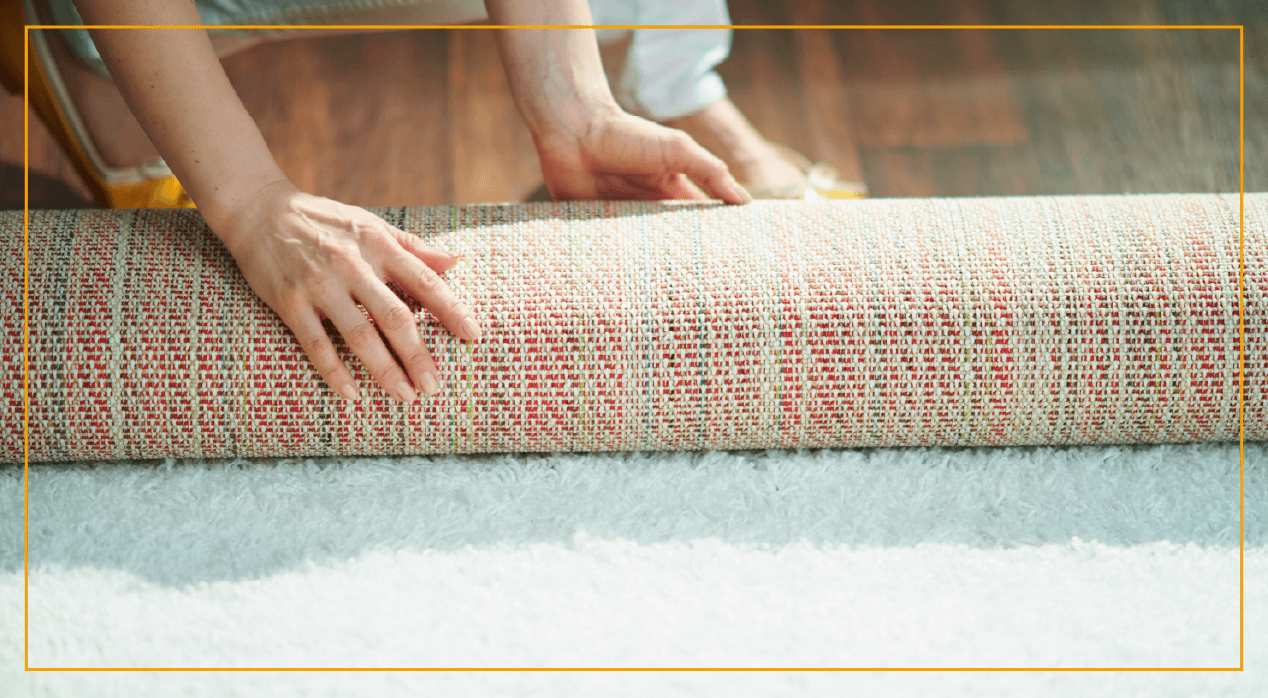
In America, one in four older adults will suffer from a fall each year, and 20 percent of those falls cause serious injuries, such as a broken bone or head injury, as reported by the CDC.
The general rule for selecting safe flooring is to minimize the number of tripping or slipping hazards, such as area rugs or flooring that aren’t moisture resistant. When it comes to choosing the type of flooring, though hard flooring is easier to clean, carpets are warmer and softer and provide more cushioning in case of a fall. Where carpet isn’t ideal, like in the bathroom, anti-slip strips or mats can come in handy.
- Advantage: Greater safety and fall prevention.
4. Install Smart Home Technology

Aging in place is all about maintaining independence while staying safe. Smart home technology such as medical alerts, smart smoke detectors, and remote monitoring systems are particularly important when it comes to the safety of aging in place.
Choosing the right smart home technology can be a rewarding experience when you select products tailored to your needs. For example, for those with memory loss, automatic pill dispensers or virtual assistants can help maintain independence.
- Advantage: Ability to tailor to specific needs when aging in place.
5. Add Handrails to Provide Stability
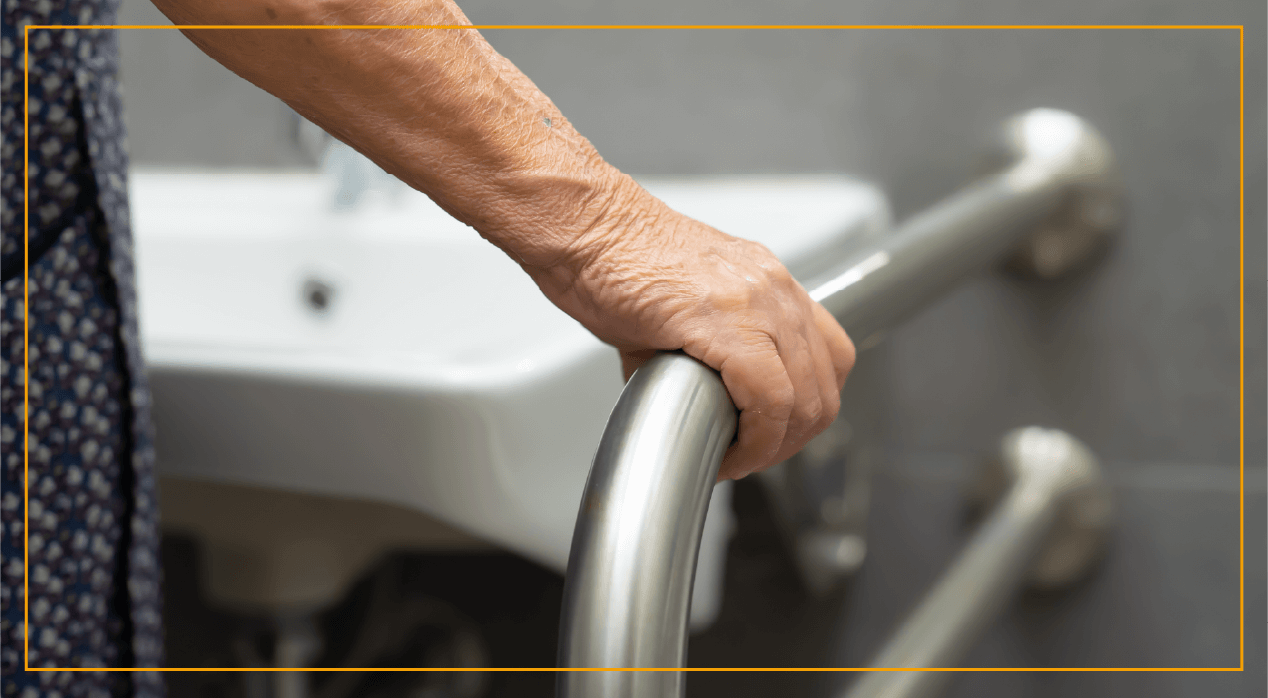
Handrails offer support for those who suffer from poor balance or mobility issues. Whether you install them in the shower, hallway, stairs, or entrance, handrails provide a great way to move around more independently.
Since handrails are typically mounted to walls, they’re meant to withstand a person’s full body weight, which can make living alone much safer and convenient.
- Advantage: Greater independence and enhanced mobility.
6. Minimize Height Difference

As aging occurs, many eventually transition from walkers into wheelchairs, and accessing items out of reach can become quite inconvenient and difficult. To better accommodate aging in place, it’s important to adjust the height of certain areas such as the sink, kitchen counter, and cabinet to allow easier access from a seated position.
For example, consider replacing kitchen cabinets with pull-out shelves and easy-access drawers. You can also try installing an adjustable-height shower head in the bathroom to make it easier to shower in a chair and minimize the risk of slipping.
- Advantage: Improved wheelchair accessibility.
7. Install a Stair Lift

As people age, daily tasks, such as walking up and down the stairs can become increasingly challenging. In many cases, installing a stairlift can help with limited mobility.
Stairlifts are especially important if you are visually impaired or plan on aging in a multi-story home where you have to navigate a staircase multiple times a day.
- Advantage: Reduced risk of serious injuries for the visually impaired and those with limited mobility.
8. Use a Specialized Smoke Alarm

Smoke alarms save lives and are an indispensable safety device in every home. But those who are deaf or hard of hearing should replace auditory alarms with specialized smoke detectors. These use strobe lights or vibration notifications to alert you during an emergency.
- Advantage: Better emergency preparedness for those with partial hearing loss.
9. Control Indoor Temperatures
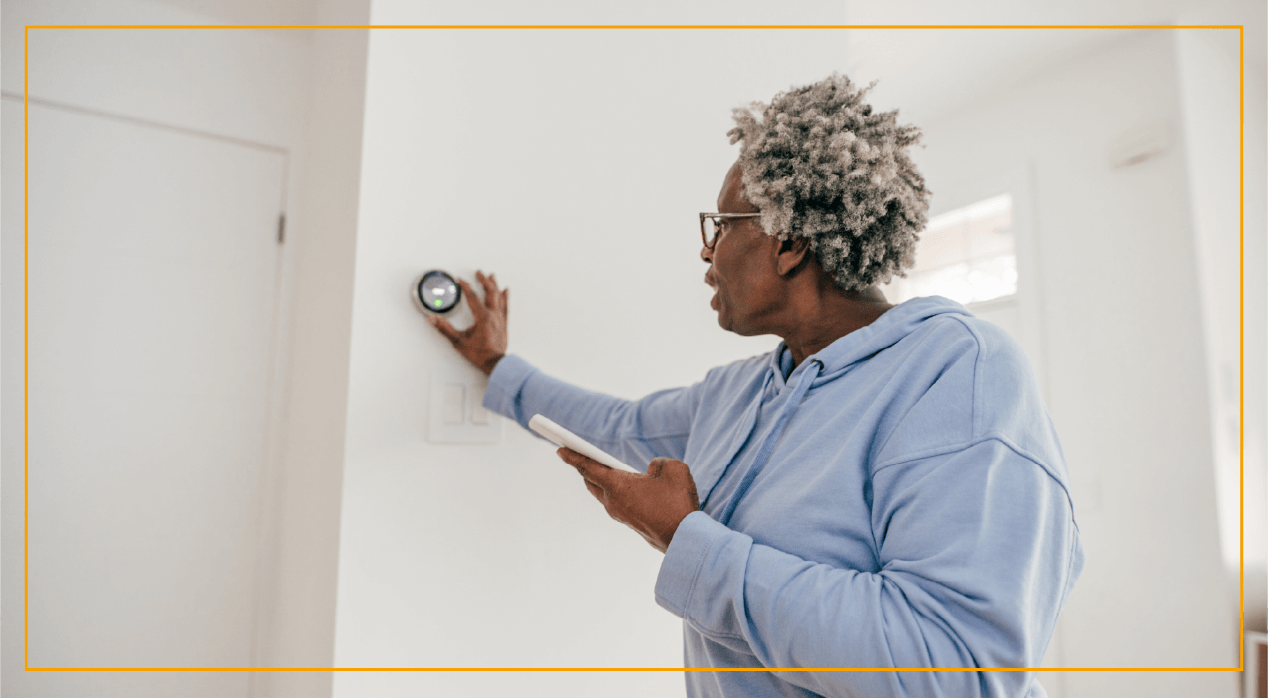
Without a proper cooling and heating system, the possibility of suffering from a heat stroke or hypothermia is increased. If you notice yourself becoming more sensitive to heat and cold as you age, consider upgrading your heating, ventilation, and air conditioning system (HVAC) for increased comfort and quality of life.
- Advantage: Reduced risk of hypothermia and hyperthermia.
10. Opt for Levers Instead of Knobs
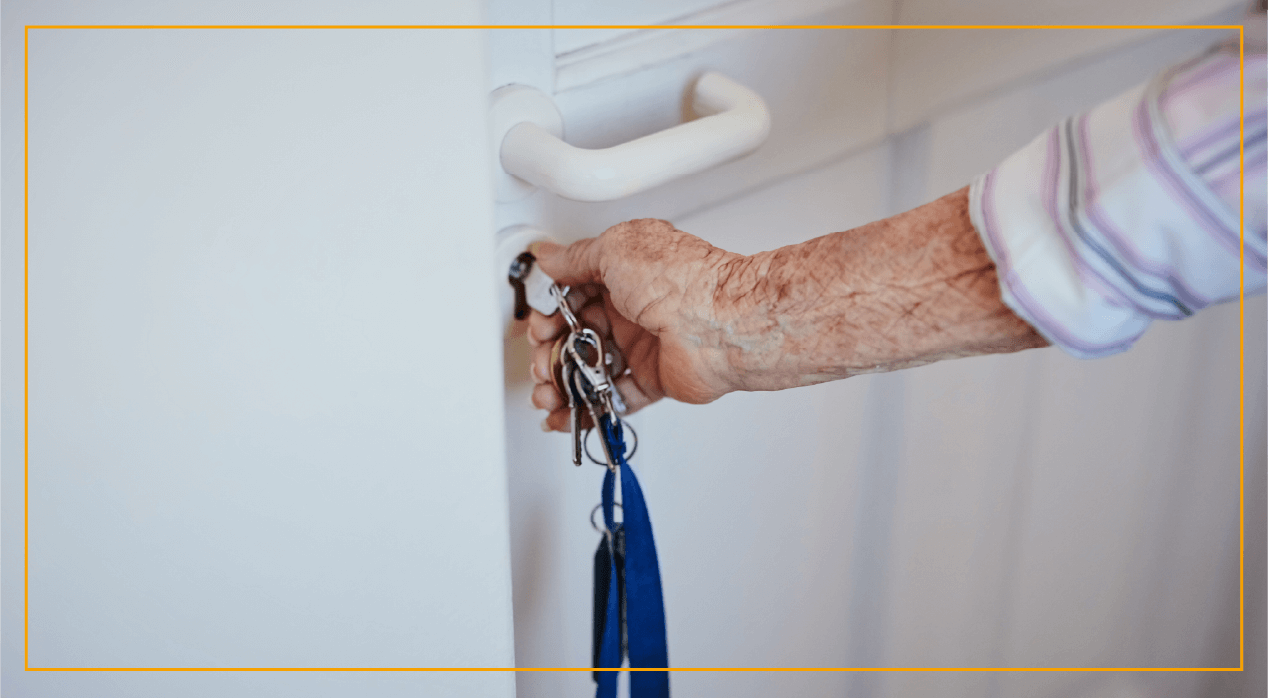
Most homes use knobs on various appliances for door handles. Simply replacing knobs around the house with levers, or using a knob extension, can make tasks like turning on the faucet much easier for those with arthritis or other medical conditions.
- Advantage: Reduce physical discomfort for those with arthritis and limited range of motion.
Aging in Place Design Checklist

The goal of designing a senior-friendly space is to allow you to age safely and independently in the comfort of your home. This means not only optimizing certain areas, but improving every corner and aspect of the house. Here are some key design tips to look out for when renovating your home.
Bedroom Modifications
Bedrooms might seem like the least dangerous part of the home since this is where rest and relaxation take place. However, moving around the bedroom in a sleepy state can easily result in accidents such as slips and falls, especially with low visibility at night.
Here are things to keep in mind when designing your bedroom:
- Bed rail to prevent falls
- Phone beside the bed for emergencies
- Bedside lamp or automatic night lights for visibility
- Lowered bed frame for accessibility
Bathroom Modifications
Bathrooms tend to be where most slipping accidents happen in the house due to wet surfaces. Falls in the bathroom can happen to anyone, but the risk increases with age.
Here is a list of things to keep in mind when designing your bathroom:
- Walk-in shower and seat instead of bathtub
- Grab bars in shower and toilet area
- Anti-slip strips and mats to prevent slipping
- Adjustable-height shower head
- Raised toilet seat
Kitchen Modifications
If you spend plenty of time in the kitchen preparing meals throughout the day, it’s important to make sure this area is safe and convenient.
Keep these things in mind when designing your kitchen:
- Shallow sinks
- Pull-out drawers instead of cabinets
- Accessible or lowered countertops
- Heavy items in lower areas for easy access
- Elevated dishwasher
- Induction cooktop to reduce chances of burns
Other Living Area Modifications
Though more and more people are choosing to age at home since it’s more comfortable, comfort doesn’t have to mean compromised safety.
Here are things to keep in mind when designing a comfortable and safe living space for your home:
- Pad sharp corners
- Eliminate cords and clutter to prevent falls and trips
- Widen doorways
- Install slip-resistant flooring
- Adjust the height of everyday items for easy access
- Replace knobs with levers
- Put in sturdy handrails throughout the house
- Avoid area rugs to prevent trips
- Make sure there’s sufficient lighting
- Upgrade cooling and heating system
Designing or renovating a home for aging in place can be a worthwhile and enjoyable process. Simply following basic design principles and keeping safety in mind can help you get started with creating a senior-friendly space.

Remodeling a home for aging in place is a process that will require some effort, but can be beneficial in the long run. As aging occurs, moving around the house might not be as easy as before. Thankfully, this doesn’t mean you can’t still enjoy a comfortable aging experience.
With a few tweaks here and there, as well as the use of budget-friendly smart home devices, you can live safely in your own space without compromising freedom and independence. Ready to look for a professional team for your next project? Check out contractors near you to get started.
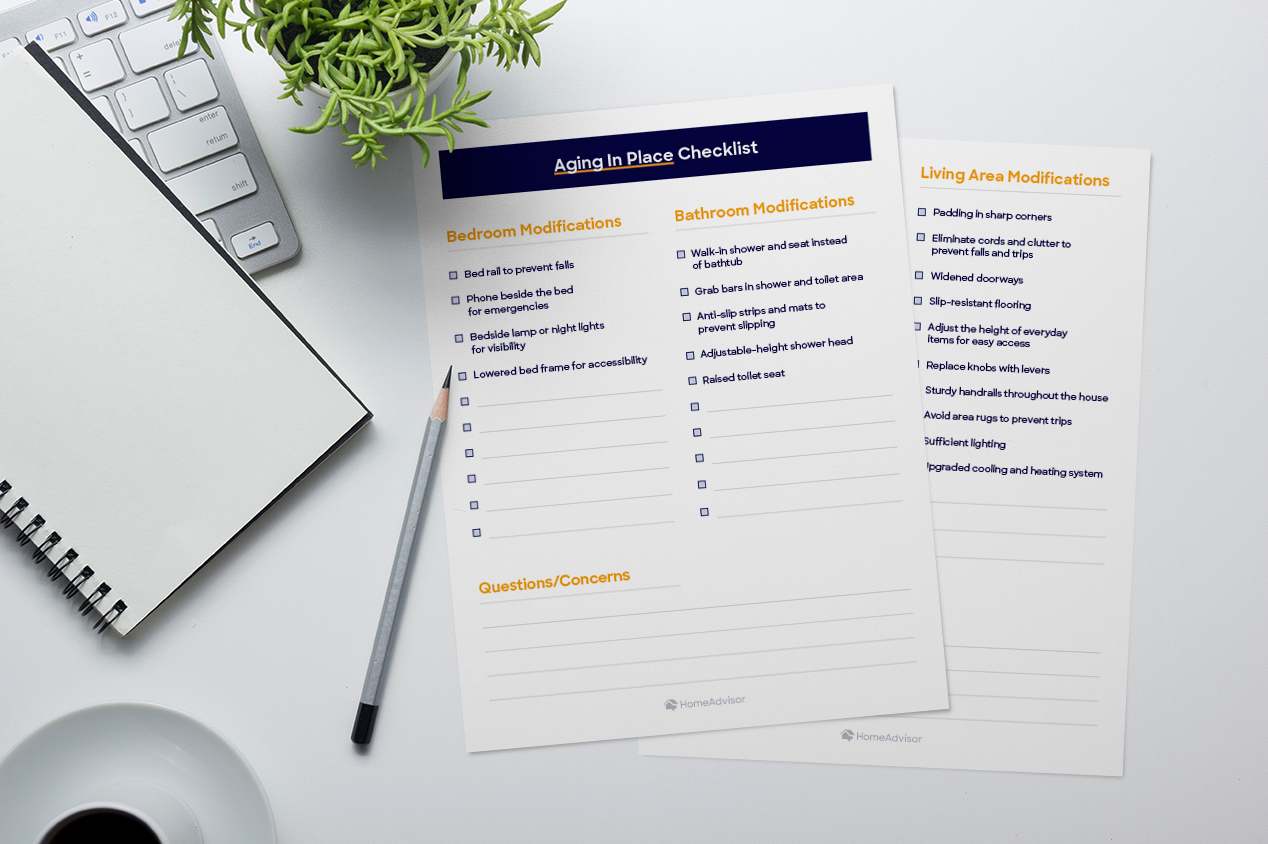

 Five Home Projects to Address Immediately After Your House Has Flooded
Five Home Projects to Address Immediately After Your House Has Flooded  The Most Common In-Home Injuries for Seniors and How to Prevent Them
The Most Common In-Home Injuries for Seniors and How to Prevent Them  How to Choose a Water Filter for Your Home in 8 Simple Steps
How to Choose a Water Filter for Your Home in 8 Simple Steps  Indoor Air Pollution Solutions
Indoor Air Pollution Solutions 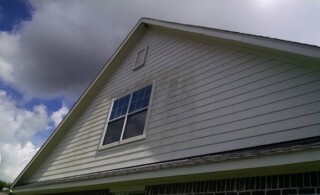 Mildew Removal
Mildew Removal 

Are You Familiar With This Topic? Share Your Experience.